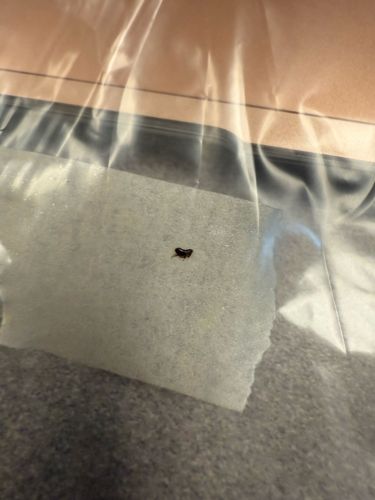Flea
Scientific Name: Siphonaptera (order of insects, specific species can vary, e.g., Ctenocephalides felis for cat flea)
Order & Family: Siphonaptera (Order), Pulicidae (Family - common fleas)
Size: 1.5 mm to 3.3 mm (typically small, dark-colored, and laterally flattened)

Natural Habitat
Fleas primarily live on the skin and fur of warm-blooded animals (mammals and birds), often found in bedding, carpets, crevices, and other areas where their hosts rest. They thrive in warm and humid environments.
Diet & Feeding
Adult fleas are external parasites that feed exclusively on the blood of their hosts (hematophagous). Larvae feed on organic debris, including adult flea feces that contain undigested blood.
Behavior Patterns
Fleas are known for their exceptional jumping ability, allowing them to easily transfer between hosts. They are attracted to body heat, carbon dioxide, and vibrations. Their life cycle includes egg, larva, pupa, and adult stages, with adults typically remaining on a host for extended periods. They bite to feed, leaving behind itchy red welts.
Risks & Benefits
Potential risks include causing intense itching, allergic reactions (flea allergy dermatitis) in pets and humans, and transmitting diseases such as tapeworms (Dipylidium caninum) and, historically, the bubonic plague (Yersinia pestis) via rat fleas. There are no known benefits of fleas to humans or the ecosystem, though they form a part of natural food chains for some predators.
Identified on: 10/13/2025